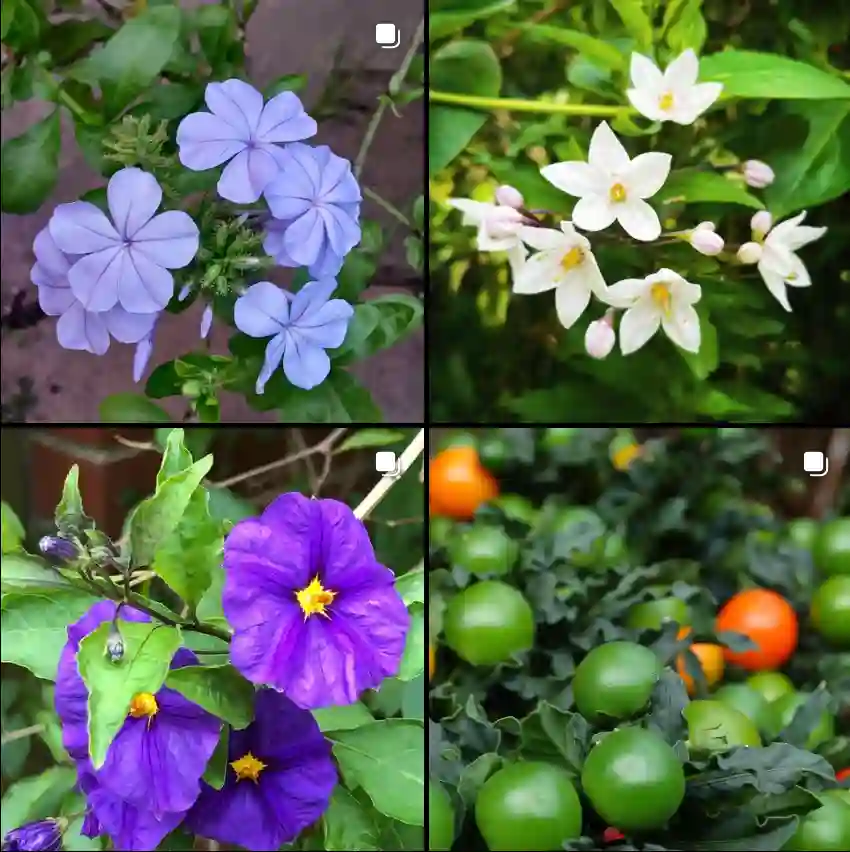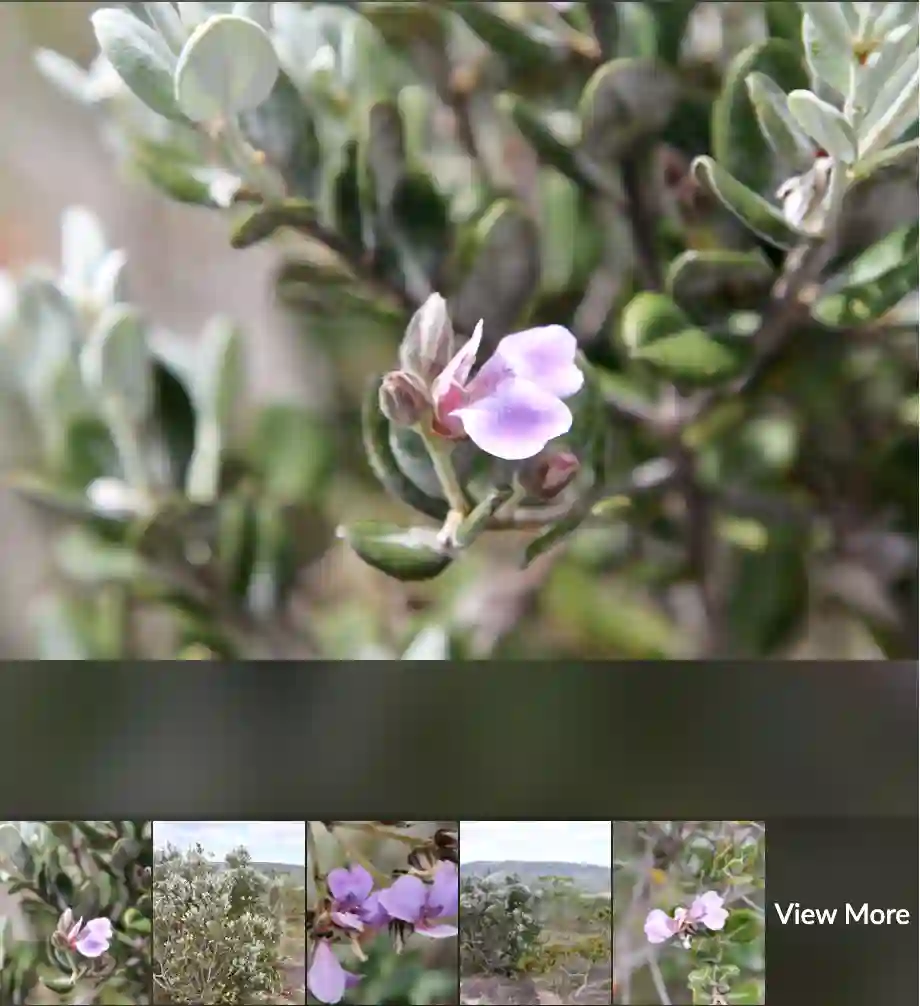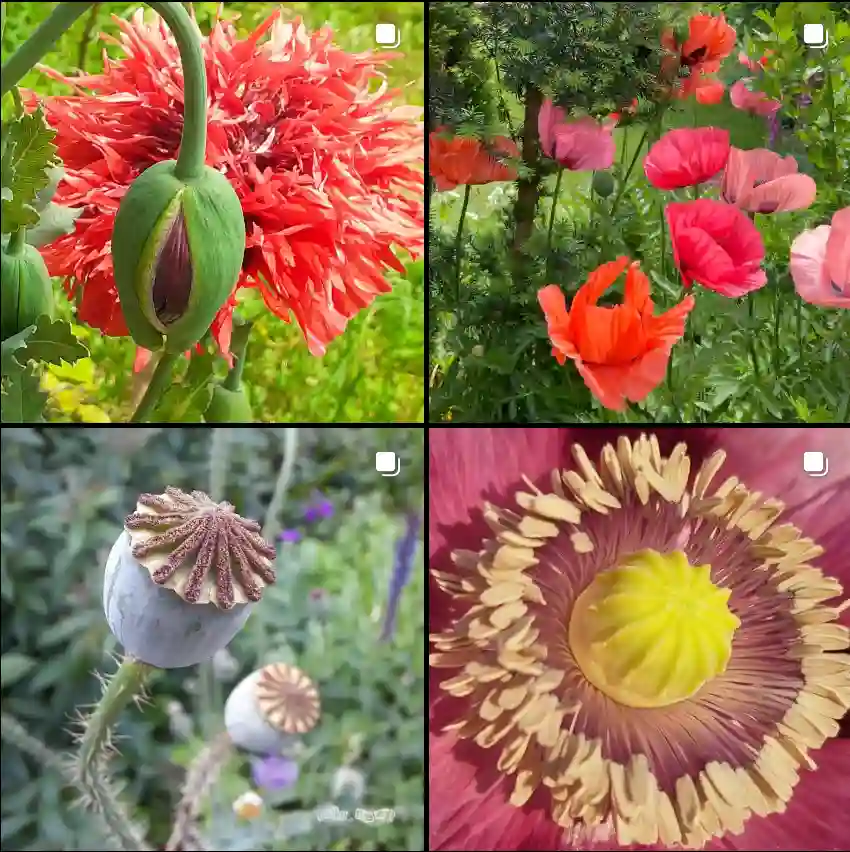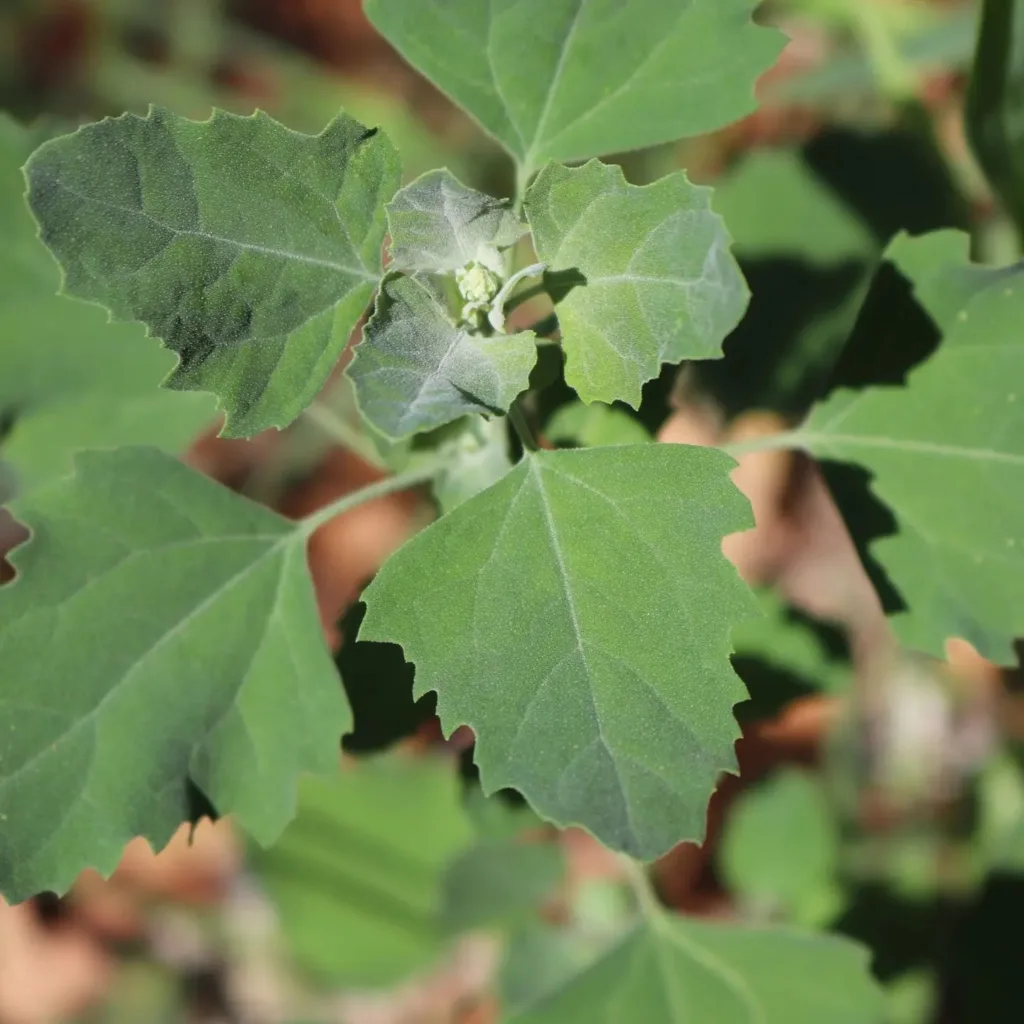The Allure of the Rough Tree Fern: A Look at Cyathea australis
For years, I’ve been captivated by the prehistoric charm of tree ferns. Their statuesque presence and graceful fronds transport me to a bygone era. Among these giants, the Cyathea australis, also known as the Rough Tree Fern, holds a special place in my heart.
Are Cyathea australis Pteridophytes? What are Cyathea australis?
Before diving into the world of Cyathea australis, let’s address a quick botanical question. You might have come across the term “Pteridophyte.” This refers to a group of vascular plants that reproduce via spores, including ferns. So, yes, Cyathea australis is indeed a Pteridophyte, and a particularly majestic one at that.
Cyathea australis is a captivating tree fern native to southeastern Australia, gracing the rainforests of Queensland, New South Wales, Victoria, and Tasmania. This fern boasts a unique structure. Unlike true trees, it doesn’t have a wooden trunk. Instead, it possesses a thick, upright rhizome, often nicknamed a “false trunk,” that’s covered in a fascinating array of textures.
The “false trunk” of Cyathea australis is a visual treat. Imagine a tapestry woven with rough beauty. Shields formed from the bases of old fronds, along with knobby protuberances called tubercles, and a profusion of hair-like scales adorn this surface. This textural symphony adds depth and character to the fern, making it a standout in any garden.
Cyathea Australis vs Cooperi
I find Cyathea Australis and Cyathea Cooperi both fascinating tree ferns. Australis has a more upright growth habit with broader fronds that give a tropical feel to my garden, while Cooperi’s fronds are more delicate and arch gracefully, creating a softer, more elegant look in shaded spots.
Cyathea Australis vs Dicksonia Antarctica
When comparing Cyathea Australis with Dicksonia Antarctica, I appreciate Australis for its faster growth rate and larger fronds, which create a lush, green canopy in my garden. On the other hand, Dicksonia Antarctica’s unique trunk texture and its ability to withstand colder temperatures make it a resilient and striking addition, especially in cooler climates.
How to Care for Cyathea australis?
Bringing the magic of Cyathea australis into your garden requires a touch of TLC. Here are some key aspects of care to keep your fern flourishing:
- Watering: Regular watering is crucial, especially during hot and dry periods. Aim to keep the soil consistently moist but not waterlogged.
- Mulching: Apply a layer of organic mulch around the base of the fern to retain moisture, regulate soil temperature, and suppress weeds.
- Fertilizing: A light feeding with a balanced fertilizer during the growing season can provide a welcome boost. Opt for a slow-release formula specifically designed for acid-loving plants.
- Light: While Cyathea australis tolerates some direct sun, especially in cooler climates, it thrives in a shady location with dappled sunlight. Avoid harsh afternoon sun, which can scorch the fronds.
- Frost Protection: Though somewhat frost tolerant, particularly established plants, protecting your Cyathea australis from prolonged freezing temperatures is recommended. You can use frost cloth or burlap during cold snaps.
A Legacy in Your Garden: Propagating Cyathea australis
Sharing the beauty of Cyathea australis is a rewarding experience. This fern can be propagated through the removal of offsets, or “pups,” that emerge at the base of the mature plant.
Here’s a simplified approach to propagating Cyathea australis through offsets:
- Identify a Suitable Offset: Look for healthy offsets that have developed their own root system.
- Carefully Remove the Offset: Using a sharp spade or knife, gently sever the offset from the parent plant, ensuring it has sufficient roots for independent growth.
- Potting Up: Plant the offset in a pot filled with a well-draining, acidic potting mix. Water thoroughly and place it in a shaded location with high humidity.
- Patient Nurturing: Be patient, as establishing a new Cyathea australis plant can take time. Provide consistent care and watch it gradually grow into a majestic specimen.
What to Plant with Cyathea australis?
Cyathea australis pairs beautifully with other shade-loving plants that complement its prehistoric charm. Here are a few ideas for companion plants:
- Hostas: Their bold foliage provides a contrasting texture and adds a touch of color to the understory.
- Begonias: These shade-loving flowers in various colors bring a pop of vibrancy and attract pollinators.
- Sword ferns (Nephrolepis spp.) with their upright, arching fronds create a sense of verticality, while clumping perennials like Brunnera macrophylla (Siberian Bugloss) with its heart-shaped leaves, offer a textural contrast and a burst of blue flowers in spring.
- For a touch of whimsy, consider planting miniature orchids like Dendrobium kingianum or Bulbophyllum species that can thrive in the dappled light and moist conditions favored by Cyathea australis.
If i die, water my plants!



